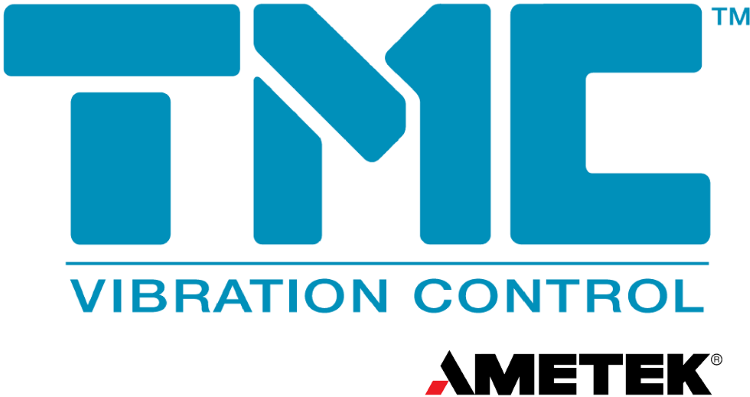Three universities were given a piece of land on a riverbank in a bustling metropolis enclosed by highways, light rail traffic, bridges and long-term construction staging and activities. They planned to build a cutting-edge cancer research facility with advanced inspection tools like SEMs and TEMs.
The site had an active, unstable and high ambient vibration with an amplitude well above 2000 micro-inches/sec due to the surrounding activities. The facility’s vibration threshold was set at 50 micro-inches per second. The video below explains how TMC and Vibro-Acoustics Consultants collaborated to solve this difficult problem.
Video Credit: TMC Vibration Control
Vibrations’ host, Daniel J. Litwin, was joined by Ahmad Bayat, P.E., President of Vibro-Acoustic Consultants, and Mike Georgalis, North American Sales Manager of TMC, for a three-part discussion on vibration control strategies and technologies, which include insight into the latest Cancer research lab project with a challenging micro-vibration design.
Bayat and Georgalis laid the groundwork for identifying the challenges of building vibration in mission-critical environments in this first episode.
The world of micro and nano-scale that involves not only life sciences but in many of the industries where R&D is needed, besides the manufacturing and production, it’s migrated to nano-scale these days.
Ahmad Bayat, President, Vibro-Acoustic Consultants
Bayat adds, “Not only are scientists looking at the subatomic structure of a cancer cell, or it could be a semiconductor component, but on top of that, they are looking at and manipulating the atomic and subatomic structure. So, the challenge for all of us is to make precision tools operate successfully to allow the scientists to perform what they need to do in terms of manipulating and analyzing different species.”
It was life science research in this case, but other industries face similar challenges.
These types of problems are common problems, and they need to be solved in different places around the world and in a lot of different industries. A good example is in the semiconductor industry where the big microchip manufacturers are pushing the limits to how small a microchip they can make.
Mike Georgalis, North American Sales Manager, TMC Vibration Control
As these chips necessitate highly stable manufacturing conditions, these companies depend on partners like TMC to develop vibration control solutions for ever-increasingly demanding situations.

This information has been sourced, reviewed and adapted from materials provided by TMC Vibration Control.
For more information on this source, please visit TMC Vibration Control.